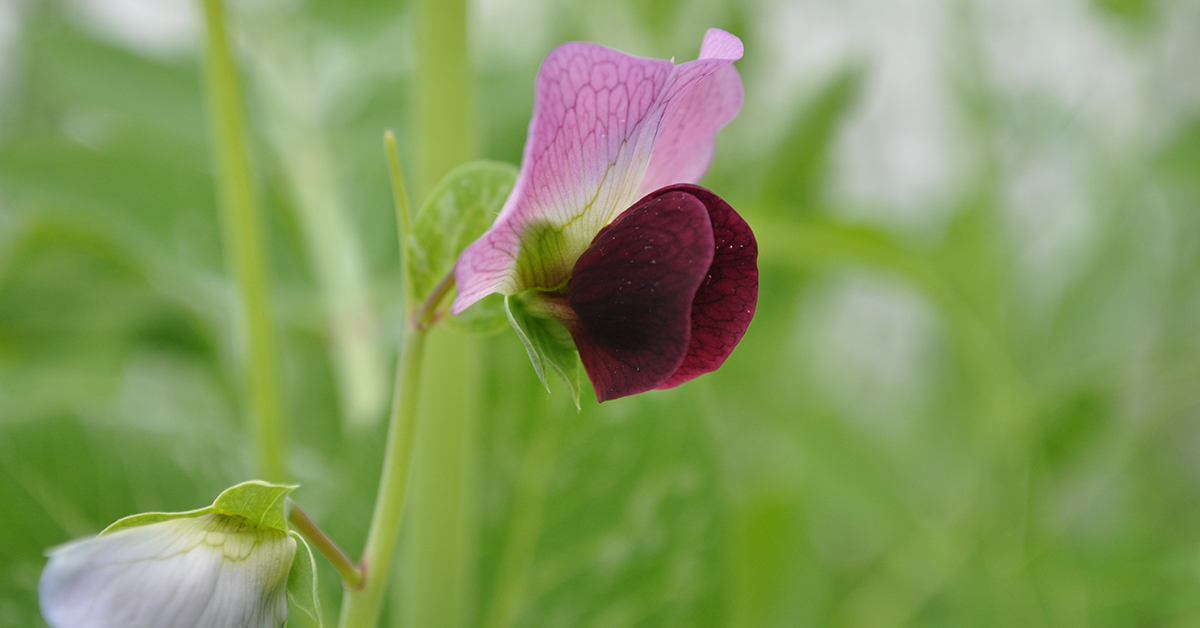Archives
Let us return to our brief ethnolinguistic review of the names which the months of the year receive in Basque [See The months of the year in Basque (1)].
Apiril ‘April’. This name comes to us from Latin Aprῑlis, with the tentative double meaning of ‘month of Aphrodite’ (from Greek Aphrô), or ‘month when flowers bloom’ (from Latin aperῑre ‘open’). Equally interesting is the form jorrail, understood by Caro Baroja as ‘month or moon for weeding’, this month being typically dedicated to hoeing and removing weeds from cultivated fields. And we shall also mention the form opail, which would, according to Caro Baroja, refer to offerings (opa izan/egin ‘offer’ + (h)il ‘month or moon’) or bread rolls (opil ꞊ ogi ‘bread’ + bil ‘round’), formerly traditional at this time of the year. (more…)

Artoak. Labayru Fundazioa Photographic Archive.
Maize (artoa) would be sown in April, immediately after a winter crop of turnip, and harvested in October, right in time for wheat sowing. Seed from selected maize ears (artaburuak) was saved from one year to the next.
In former times seeds would be broadcast by hand and the soil harrowed in order to spread them evenly and cover them. Later on planters started to be used to lay seeds down in rows. Seedlings are to be thinned following germination, so the remaining plants have adequate space for growth. When maize plants are well up, bean seeds can be sown among them, because bean germinates rapidly and would otherwise take away the sunlight maize plants need to prosper. Maize was indeed traditionally, and still is, intercropped with beans, maize stalks serving as poles for the bean plants. Bean sowing was best done by a team of three: one dug the hole, another planted the seed, and a third one covered it. (more…)



